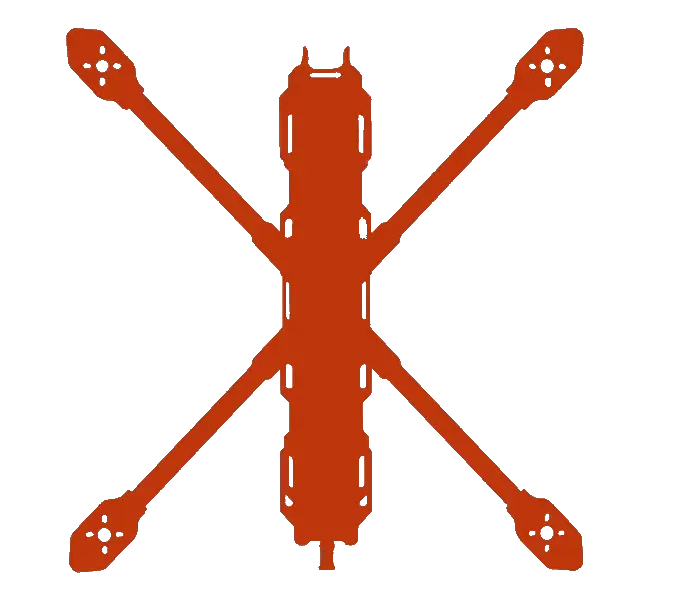

When it comes to FPV (First Person View) drone flying and racing, your choice of video transmission system plays a massive role in shaping your flight experience. Today’s pilots are faced with a critical decision: stick with the reliable analog systems or upgrade to the cutting-edge digital setups?
Both analog and digital FPV systems have unique benefits and limitations, and the best choice depends on your flying goals, budget, and preferences.
In this blog, we’ll explore the key differences between digital and analog FPV drones to help you decide which system is right for you.
Digital FPV System:
The standout advantage of digital FPV drones is their superior video quality. With high-resolution feeds, pilots enjoy crisp, immersive visuals that reveal more detail — from distant landscapes to tight obstacle gaps. This clarity gives you an edge during long-range flights and precision flying.
Analog FPV System:
Analog systems transmit lower-resolution video, which can appear grainy or fuzzy compared to digital. However, many experienced pilots argue that analog still delivers enough visual feedback for racing and freestyle, especially once you get used to interpreting the image.
Digital FPV System:
Latency is the delay between your drone’s actions and what appears in your goggles. While digital systems have improved drastically in recent years, they still introduce slightly more delay than analog. For freestyle and casual flying, this is barely noticeable, but for competitive racing, latency can be a concern.
Analog FPV System:
Analog systems are still the undisputed champion of low latency. Because they transmit in real time with minimal processing, the video feed is almost instantaneous — a critical factor for high-speed racers who rely on split-second reactions.
Digital FPV System:
Digital systems offer clean, interference-free video with little to no static. However, they can suffer from abrupt signal loss once you fly out of range — meaning your feed might suddenly cut out mid-flight, which can be risky.
Analog FPV System:
Analog video degrades gradually with distance, giving you a warning in the form of static or flickering before you lose connection. This allows pilots time to react, making analog more forgiving in edge-of-range situations.
Digital FPV System:
Digital drone setups are more expensive. From digital cameras and transmitters to compatible FPV goggles, the initial investment is significant. While the visuals are worth it for many, this cost can be a barrier for beginners or casual hobbyists.
Analog FPV System:
Analog is the budget-friendly choice. You can get a solid analog system at a fraction of the price of a digital build, making it ideal for newcomers or those looking to build multiple drones without breaking the bank.
Digital FPV System:
Digital components generally weigh more and draw more power, which can reduce flight time and agility — especially in smaller drones. If efficiency and lightweight builds matter to you, this is something to consider.
Analog FPV System:
Analog systems are lighter and more power-efficient, making them a top pick for racers and freestyle pilots who prioritize speed and performance over image quality.
Digital FPV:
If you’re into cinematic flying, long-range FPV, or freestyle sessions where visual detail and immersion are key, digital is the way to go. The enhanced clarity and smoother footage can elevate your flying experience — especially in non-competitive settings.
Analog FPV:
For racing and fast-paced freestyle, analog still reigns supreme. Its lower latency, reduced weight, and affordability make it perfect for competitive environments where quick reactions matter most.
Choosing between digital and analog FPV systems depends on your flying style, goals, and budget. If you value crystal-clear visuals and immersive flights, digital is your best bet. But if you’re chasing speed, precision, and affordability, analog still delivers the performance you need.
Whichever you choose, both systems offer thrilling FPV experiences — and that’s what drone flying is all about.